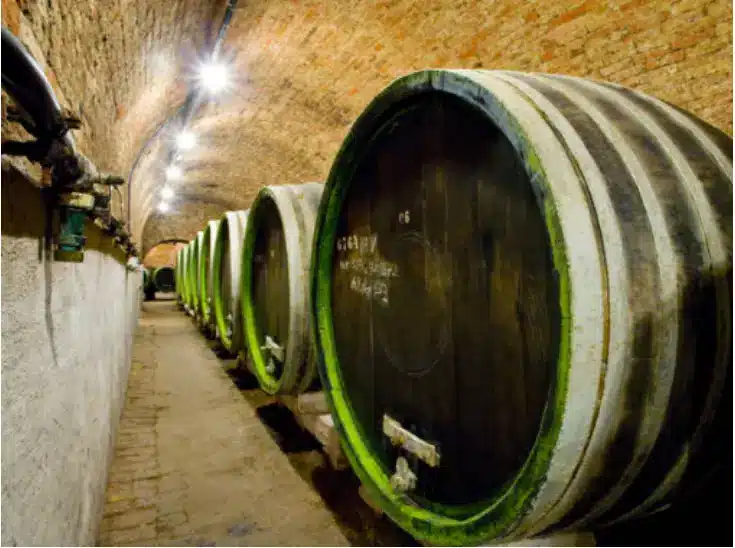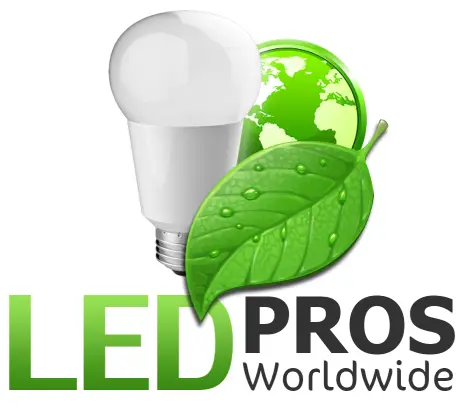Where flammable materials, gases, and dust are present, safety is of the utmost importance. One crucial aspect of maintaining a secure working environment is the use of proper lighting – specifically, explosion proof lighting. These specialized light fixtures are designed to prevent explosions in hazardous location areas, safeguarding both personnel and infrastructure. In this article, we’ll delve into the various industrial sectors that require explosion proof lighting and explore the key features that make these fixtures indispensable.
Industries Requiring Explosion Proof Lighting
1. Oil and Gas
– Refineries
– Offshore platforms
– Pipelines
2. Mining
– Underground mines
– Surface mining operations
– Processing plants
3. Chemical Manufacturing
– Petrochemical plants
– Pharmaceutical facilities
– Paint and coating production
4. Food Processing
– Grain handling and storage
– Sugar refineries
– Flour mills
5. Aerospace and Defense
– Aircraft hangars
– Ammunition storage facilities
– Fuel depots
Hazardous Location Areas and Classifications
Explosion proof light fixtures are required in areas classified as hazardous locations. These locations are categorized based on the presence and concentration of flammable substances:
– Class I: Flammable gases or vapors
– Division 1: Hazard is present during normal operation
– Division 2: Hazard is present only during abnormal conditions
– Class II: Combustible dusts
– Division 1: Hazard is present during normal operation
– Division 2: Hazard is present only during abnormal conditions
Key Features of Explosion Proof Light Fixtures
1. Rugged Construction
– Designed to withstand harsh environments
– Resistant to impact, vibration, and corrosion
2. Sealed Enclosures
– Prevent the escape of sparks or flames
– Contain any internal explosions
3. Temperature Control
– Maintain safe operating temperatures
– Prevent overheating and ignition of flammable substances
4. Proper Electrical Connections
– Ensure secure and reliable power supply
– Prevent electrical arcing and sparking
Benefits of LED Explosion Proof Lighting
In recent years, LED technology has revolutionized the explosion proof lighting industry, offering numerous advantages over traditional lighting solutions:
– Energy Efficiency
– Long Lifespan
– Reduced Maintenance
– Instant On/Off Capability
– Improved Color Rendering
 |
Frequently Asked Questions (FAQs)
1. Q: How do explosion proof light fixtures prevent explosions?
A: Explosion proof light fixtures are designed with sealed enclosures that contain any internal explosions, preventing sparks or flames from escaping and igniting flammable substances in the surrounding area. Read more about Mitigating Dangers with LED Explosion Proof Lights here.
2. Q: What’s the difference between Class I and Class II hazardous locations?
A: Class I hazardous locations are areas where flammable gases or vapors are present, while Class II locations are areas with combustible dusts.
3. Q: Can LED lights be used in explosion proof fixtures?
A: Yes, LED technology has been adapted for use in explosion proof lighting, offering benefits such as energy efficiency, long lifespan, and reduced maintenance requirements.
What is the Sandard for Explosion Proof Lighting?
When it comes to illuminating hazardous locations where flammable materials, gases, or dust are present, adhering to the appropriate standards for explosion proof lighting is essential. These standards ensure that the light fixtures used in these environments are designed, constructed, and tested to prevent explosions and maintain a safe working atmosphere. In this article, we’ll explore the key standards and regulations that govern explosion proof lighting, helping you make informed decisions when selecting lighting solutions for your facility.
National Electrical Code (NEC) Standards
In the United States, the National Electrical Code (NEC) sets the standards for electrical installations, including explosion proof lighting. The NEC classifies hazardous locations into three main categories:
1. Class I: Flammable gases or vapors
– Division 1: Hazard is present during normal operation
– Division 2: Hazard is present only during abnormal conditions
2. Class II: Combustible dusts
– Division 1: Hazard is present during normal operation
– Division 2: Hazard is present only during abnormal conditions
3. Class III: Ignitable fibers or flyings
– Division 1: Hazard is present during normal operation
– Division 2: Hazard is present only during abnormal conditions
Explosion proof light fixtures must be designed and certified to meet the requirements of the specific NEC class and division for which they are intended.
ATEX Directive (European Union)
In the European Union, the ATEX Directive (ATmosphères EXplosibles) sets the standards for equipment used in potentially explosive atmospheres. ATEX classifies hazardous locations into three categories:
1. Zone 0: Explosive atmosphere is present continuously or for long periods
2. Zone 1: Explosive atmosphere is likely to occur occasionally during normal operation
3. Zone 2: Explosive atmosphere is unlikely to occur during normal operation, and if it does, it will only persist for a short time
Explosion proof light fixtures must be designed and certified to meet the requirements of the specific ATEX zone for which they are intended.
IECEx Certification (International)
The International Electrotechnical Commission (IEC) has established the IECEx System, a global certification framework for equipment used in explosive atmospheres. IECEx standards are recognized in many countries worldwide and are similar to the ATEX Directive classifications:
1. Ex ia: Intrinsically safe, suitable for Zone 0
2. Ex ib: Intrinsically safe, suitable for Zone 1
3. Ex ic: Intrinsically safe, suitable for Zone 2
Explosion proof light fixtures that are IECEx certified have been tested and approved to meet the requirements of the specific Ex protection level for which they are intended.
Understanding the standards and regulations governing explosion proof lighting is crucial for ensuring safety and compliance in hazardous locations. By familiarizing yourself with the NEC, ATEX, and IECEx classifications and their respective requirements, you can make well-informed decisions when selecting explosion proof light fixtures for your facility. Always work with reputable manufacturers and suppliers who can provide properly certified equipment and support you in maintaining a safe and productive work environment. Read more about Everything You Need to Know About Explosion Proof Lighting here.
Conclusion
Explosion proof lighting plays a vital role in ensuring the safety of personnel and infrastructure in industries where flammable materials, gases, and dust are present. By understanding the specific requirements of hazardous location areas and the key features of explosion proof light fixtures, facility managers can make informed decisions when selecting lighting solutions. With the advent of LED technology, explosion proof lighting has become even more efficient and reliable, contributing to a safer and more productive work environment.
[gravityform id=”1″ title=”true” description=”true”]
